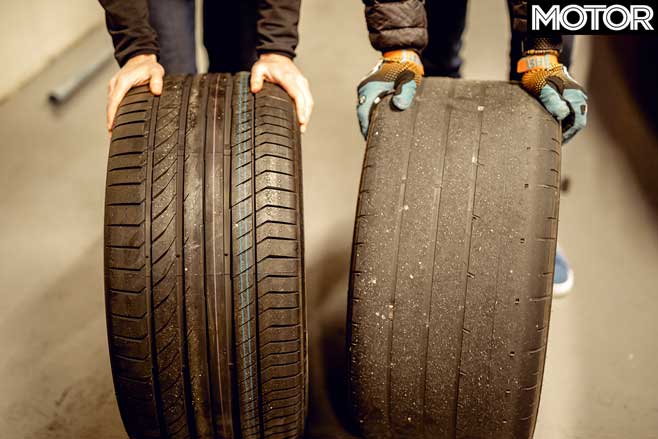
Snapshot
- Report finds Germans change with more frequency than others
- 41 per cent of Australians only make the change when its necessary
- Britons found to be the worst for tyre maintenance
How often do you change your tyres? Every year? Every few years? Only when one is shredded like a Sunday roast?
A report commissioned by United Kingdom-based research firm YouGov sampled participants from the UK, Germany, United States and Australia to find out just that.
German motorists were the most attentive regarding tyre maintenance – with 14 per cent of respondents claiming to change theirs twice or more every year, double the amount of the other three countries combined.
| u00a0 | Great Britain | USA | Germany | Australia |
|---|---|---|---|---|
| Only when necessary/damage | 60 | 46 | 42 | 41 |
| Once every three years | 12 | 22 | 16 | 22 |
| Once every two years | 9 | 10 | 10 | 12 |
| Once a year | 4 | 5 | 6 | 5 |
| Twice or more a year | 1 | 3 | 14 | 3 |
| Don’t know | 13 | 14 | 12 | 15 |
Almost half of Australians surveyed said they only changed their tyres when necessary or due to damage, with 41 per cent of locals waiting until theirs are well past their prime to get a fresh set of boots.
However, in this category we fared better than the Germans (42 per cent) and Americans (46 per cent), and worse still were the British – 60 per cent of whom said they waited until theirs were busted before changing the set, despite having to undertake an MOT test every 12 months.
Furthermore, 22 per cent of Australians said they changed theirs every three years, right on the borderline of when a typical road tyre would start to go hard and lose its peak performance.
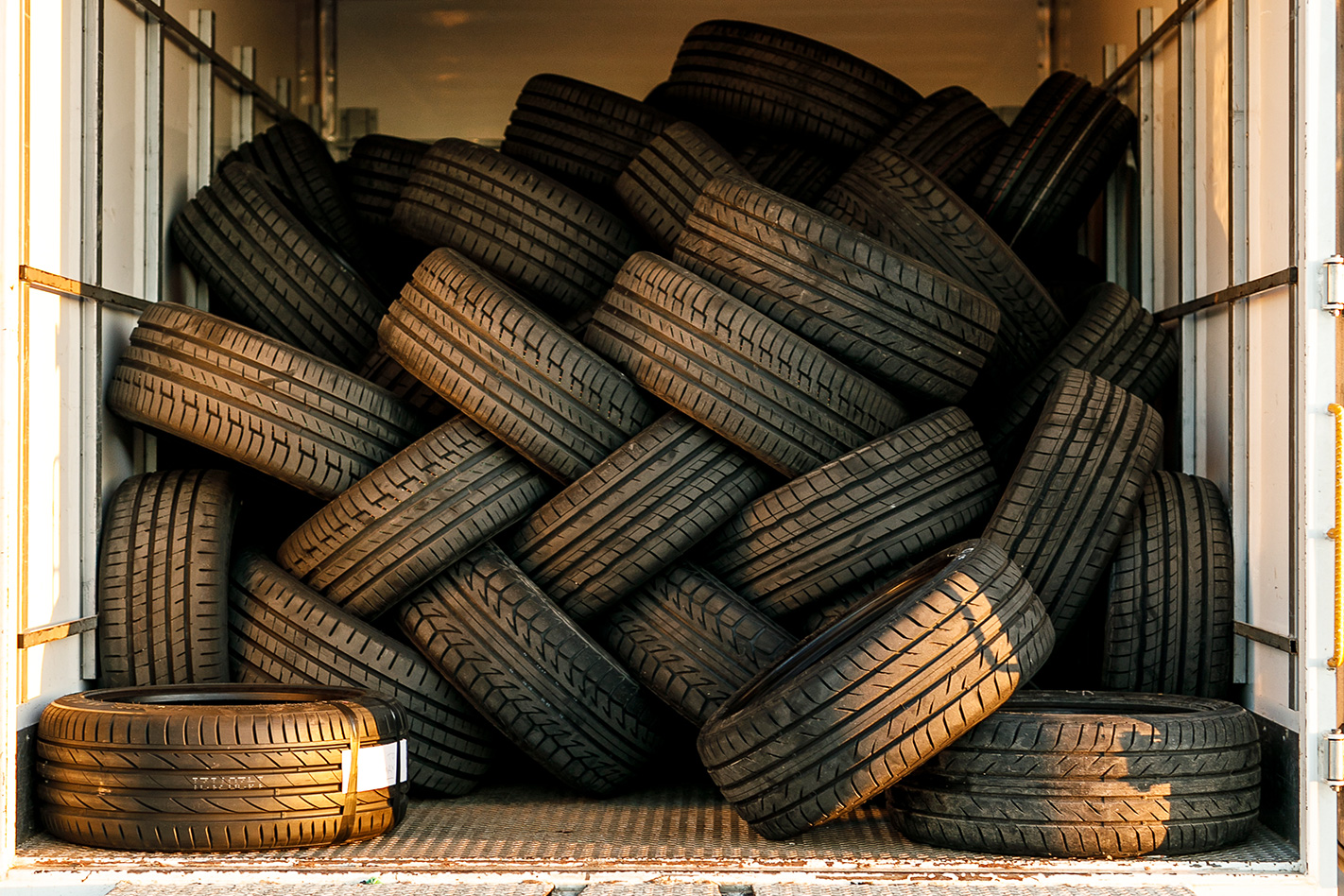
When respondents were asked if they changed theirs at least once a year, or once every two years, the results were fairly even among the four nations.
In each country, between 12 and 15 per cent of those two took part in the study didn’t know how often they gave their cars new rubber.
The Royal Automobile Club of Victoria’s (RACV) safety policy lead of safety, Elvira Lazar, says tyres should be checked regularly for minor defects which can lead to bigger issues down the line.
“RACV encourages drivers to regularly check their tyres as they play a critical role in vehicle safety,” said Ms Lazar.
“Looking for wear and tear, checking pressure, and removing debris when you fill up with fuel will help maintain them and get more use.
“If you keep them at the recommended pressure, they provide you with a better grip, so you will need less time to come to a stop and use less fuel overall. [Regular maintenance] means they will need to be replaced less often, so it’s worth checking pressure at least once a month and making a habit of looking when you fill up with fuel.
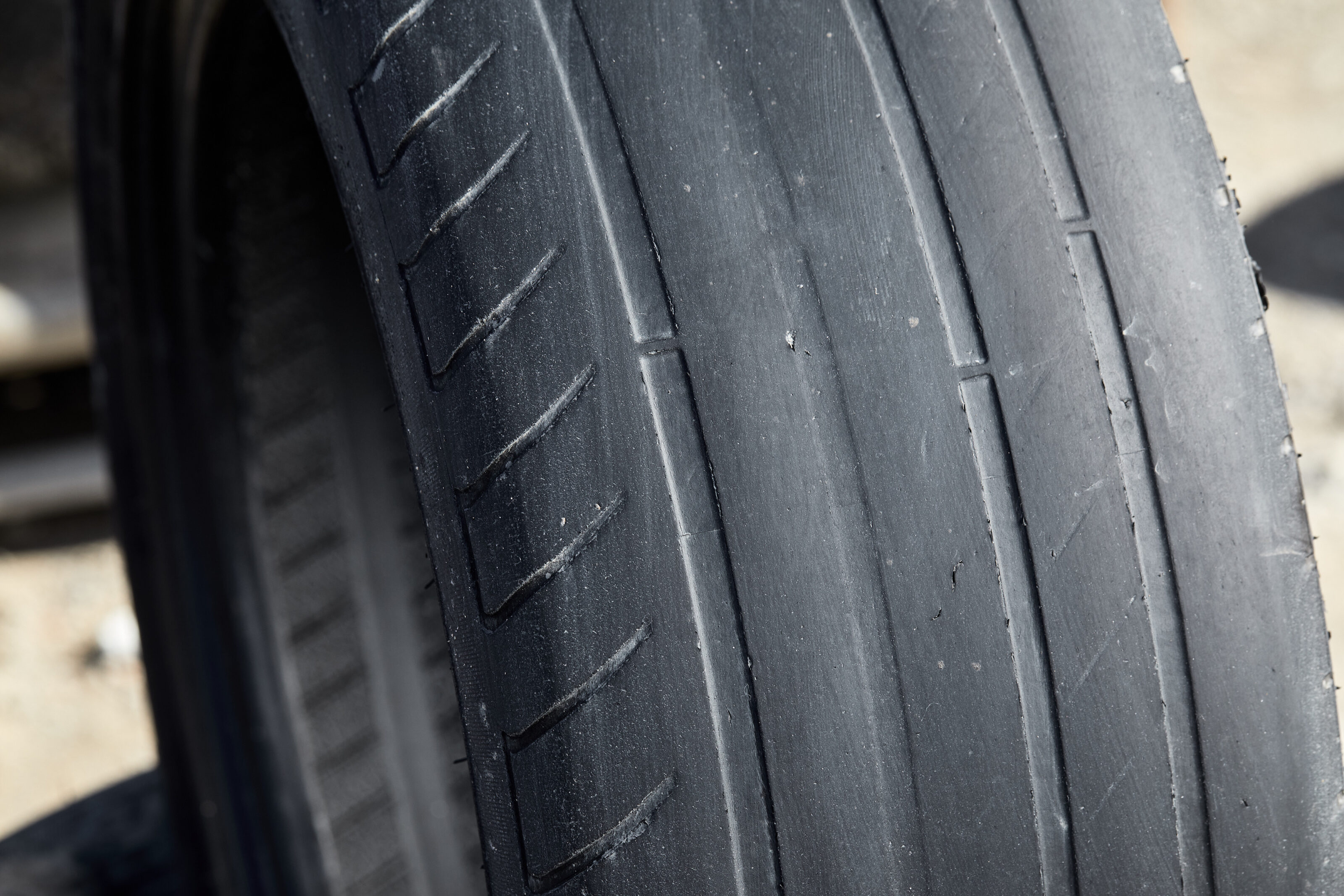
“Wear and tear eventually affect the structure of the rubber and how they spring back into shape. If drivers notice cracking or hardening, the strength and grip diminish and they become more prone to punctures.
“Debris wedged into tyres can cause slow leaks that can deflate them, whereas bald ones will not grip the road surface in wet weather and need to be replaced immediately. Cuts can compromise the load capacity, so depending on the depth, they may need to be replaced rather than repaired.
“All tyres have an indicator that will show you when they are worn down too far. The indicator is a small raised marker between the more prominent grooves of the tread.”
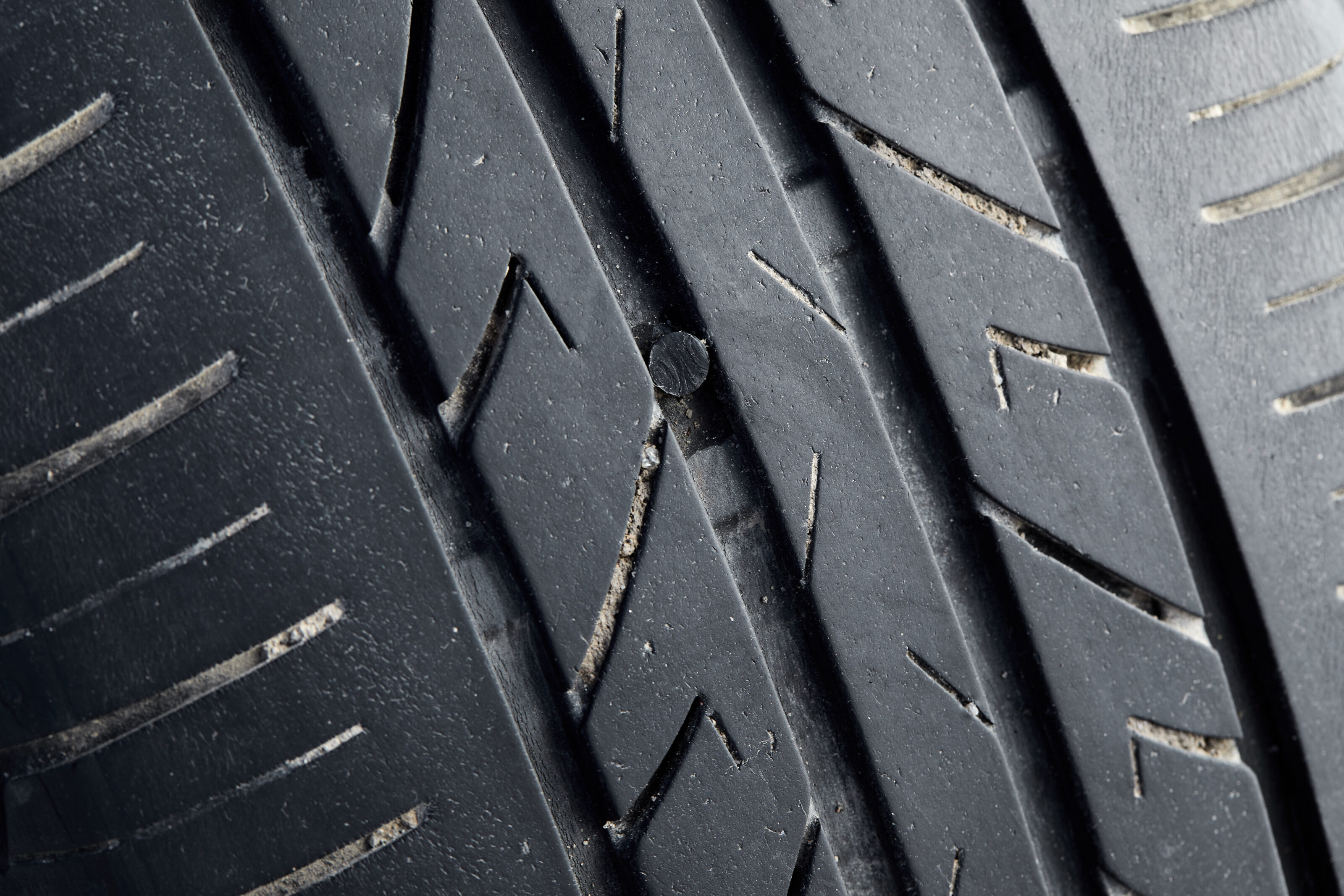
The Royal Automobile Club of Queensland (RACQ) Principal Technical Researcher John Ewing said there was no law in Australia requiring tyres to be replaced at a specific age, rather drivers needed to make sure theirs were compliant and above the minimum legal tread depth.
“The average distance travelled by a motorist is around 15,000km per year, so after three years, they may be due for renewal or could still be in a satisfactory and legal condition,” Mr Ewing said.“Age-related deterioration can be a factor, and it can vary according to conditions, but it’s usually not a potential issue until around five or six years old.“We’re not aware of any studies or other scientific evidence to suggest changing tyres every one or two years, when they’re still in sound, legal condition with sufficient tread depth, delivers any significant safety benefits.“There are likely to be factors in overseas countries, such as Europe, which influences the need to change tyres more regularly – including weather severity, which don’t apply in Australia.“It also requires a substantial amount of resources – including oil, steel and energy – to manufacture, so an increase in changing frequency is likely to add to environmental and supply issues, as well as becoming an unnecessary cost burden for drivers.“We encourage drivers to maintain and regularly inspect theirs and the pressures to ensure safety and longevity, and to replace when they are unserviceable due to wear, damage or ageing.”
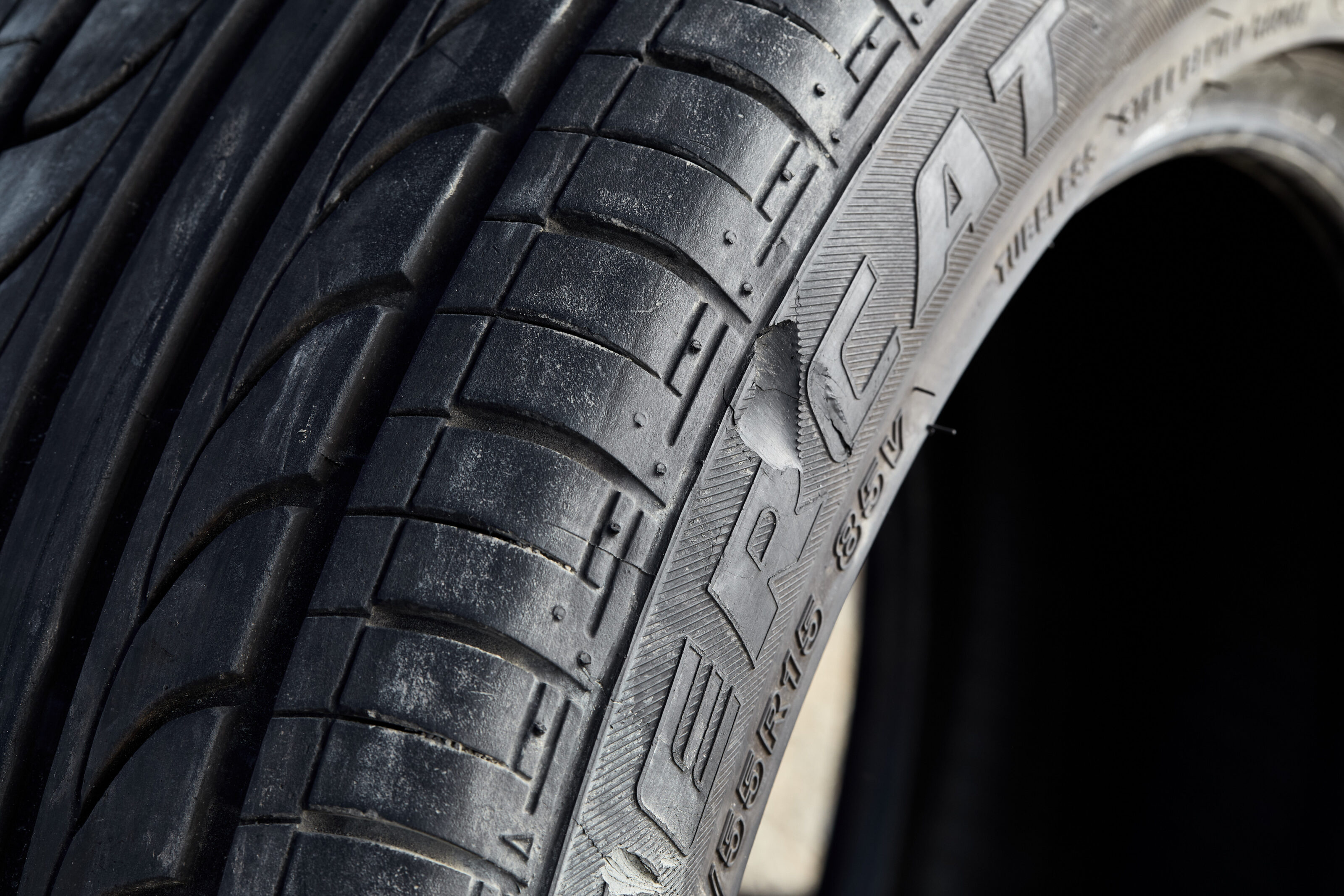
While we don’t know the demographics of those surveyed, you could assume enthusiasts are more meticulous in checking their tyre condition and would likely fork out for better quality tyres – another variable which isn’t taken into account in this study.
Next time you go to get behind the wheel, take a second to look over your tyres, see if they’re still holding air and double check the production date mark – it might just be time for them to be given a second life.
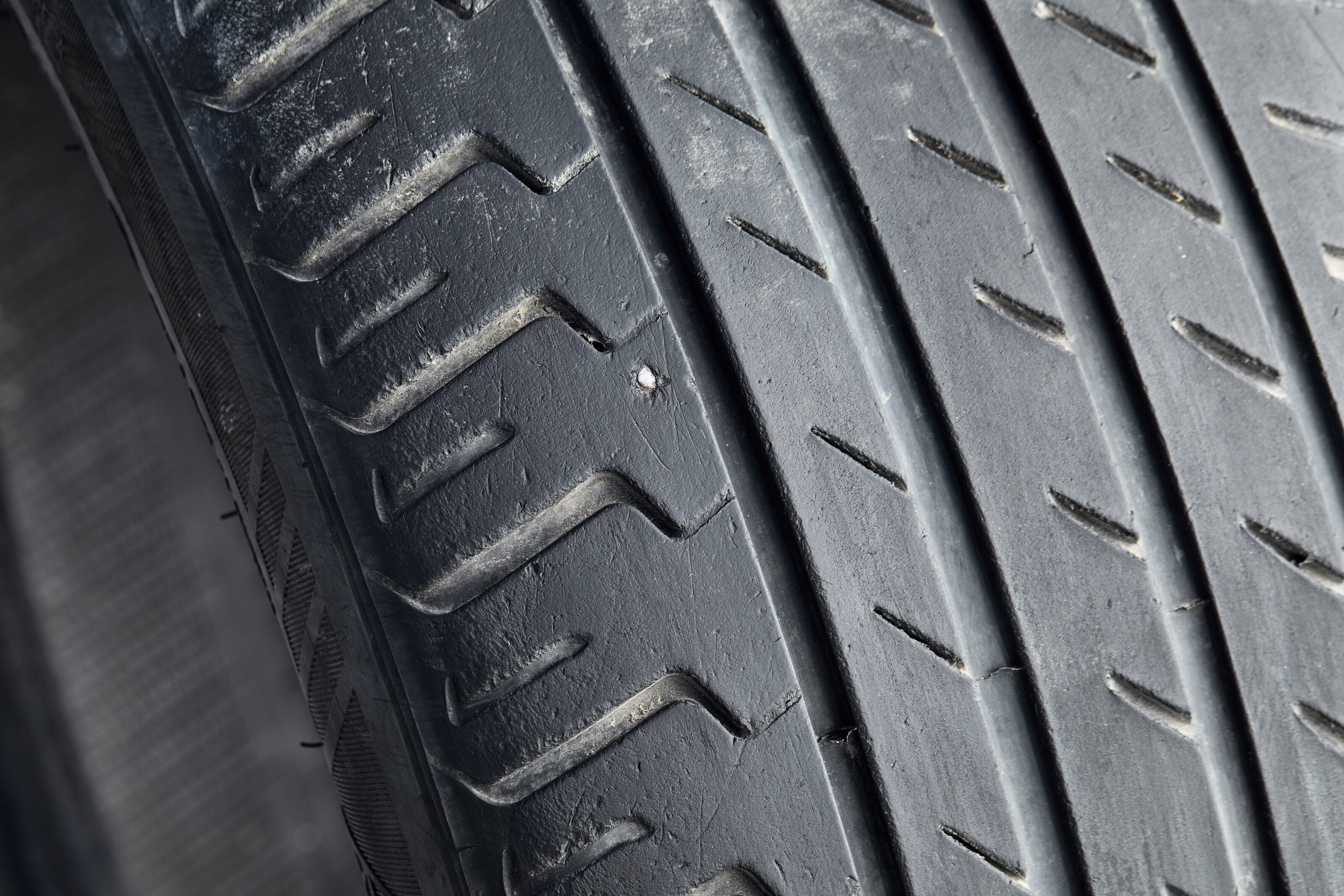
We recommend
-
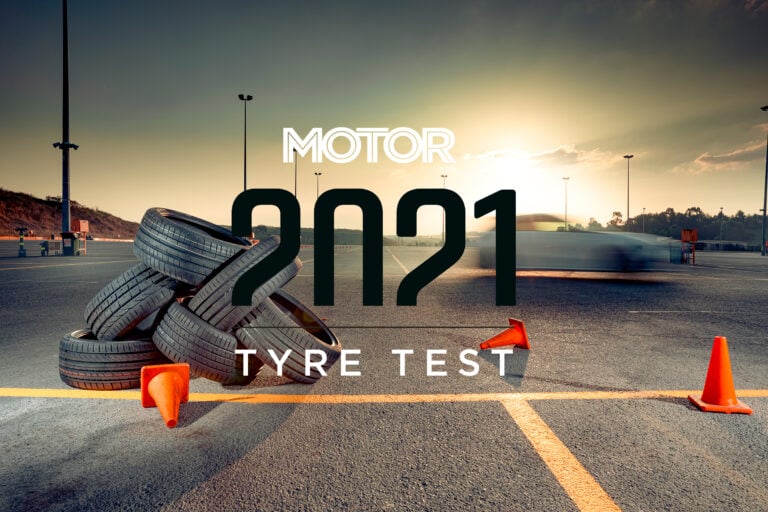 Features
FeaturesMOTOR's 2021 Tyre Test
After a forced break, the annual tyre torture test is back to find out which performance rubber deserves your cash
-
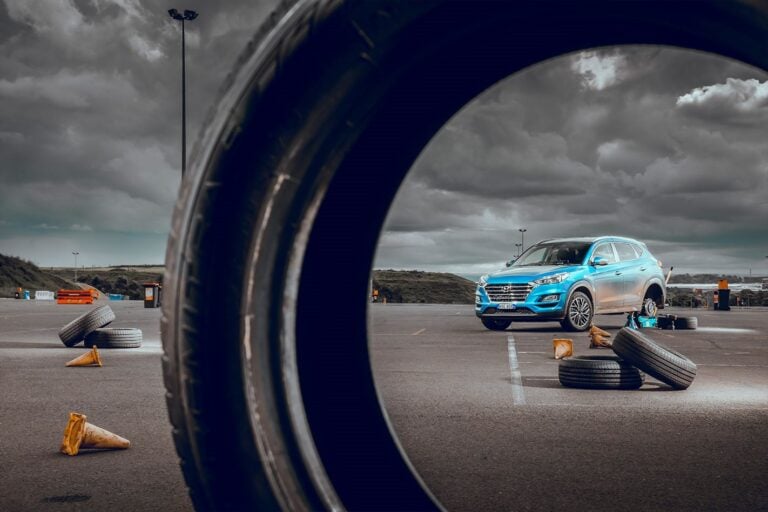 Features
FeaturesWe find the best new tyre in our comprehensive tyre test
Forget carbon-ceramics and 10-pot calipers – what you really need is a good set of boots. See how our contenders shape up
-
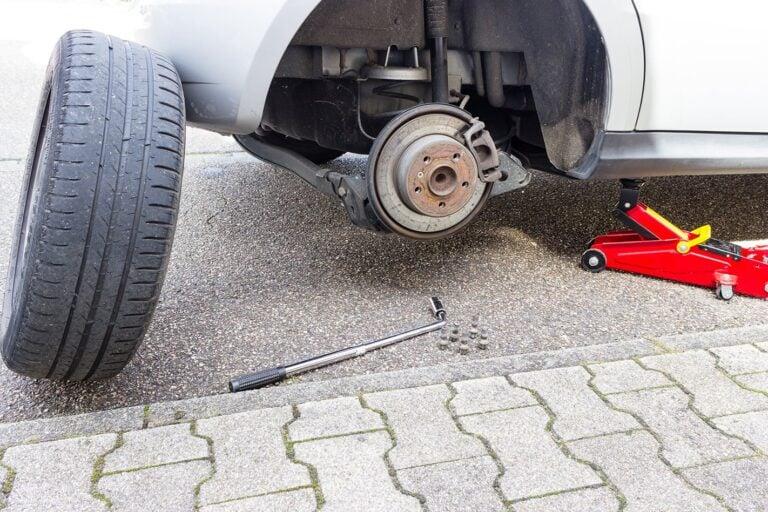 Advice
AdviceChanging a flat tyre: things you should know
Nothing screams bummer like a pesky flat tyre, but the degree of inconvenience will depend on the kind of 'spare' you're carrying
-
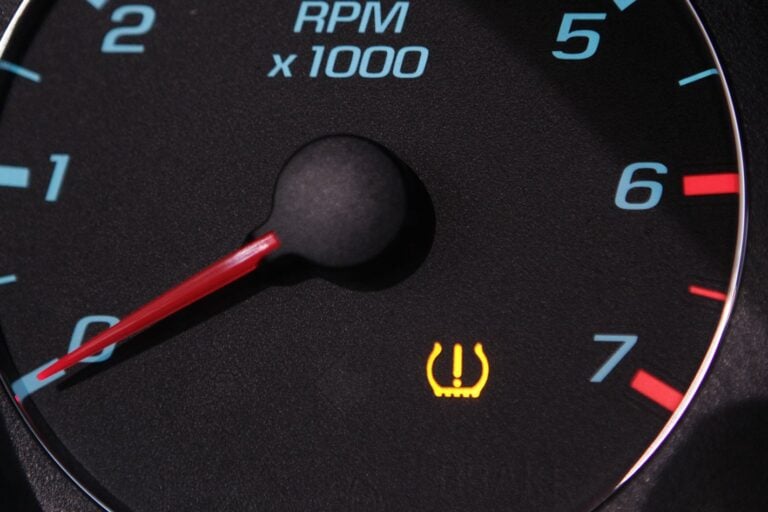 Advice
AdviceWhat does the tyre pressure warning light actually mean?
It looks like a horseshoe with an exclamation mark in it. What does it mean and what should you do when it lights up or flashes?




